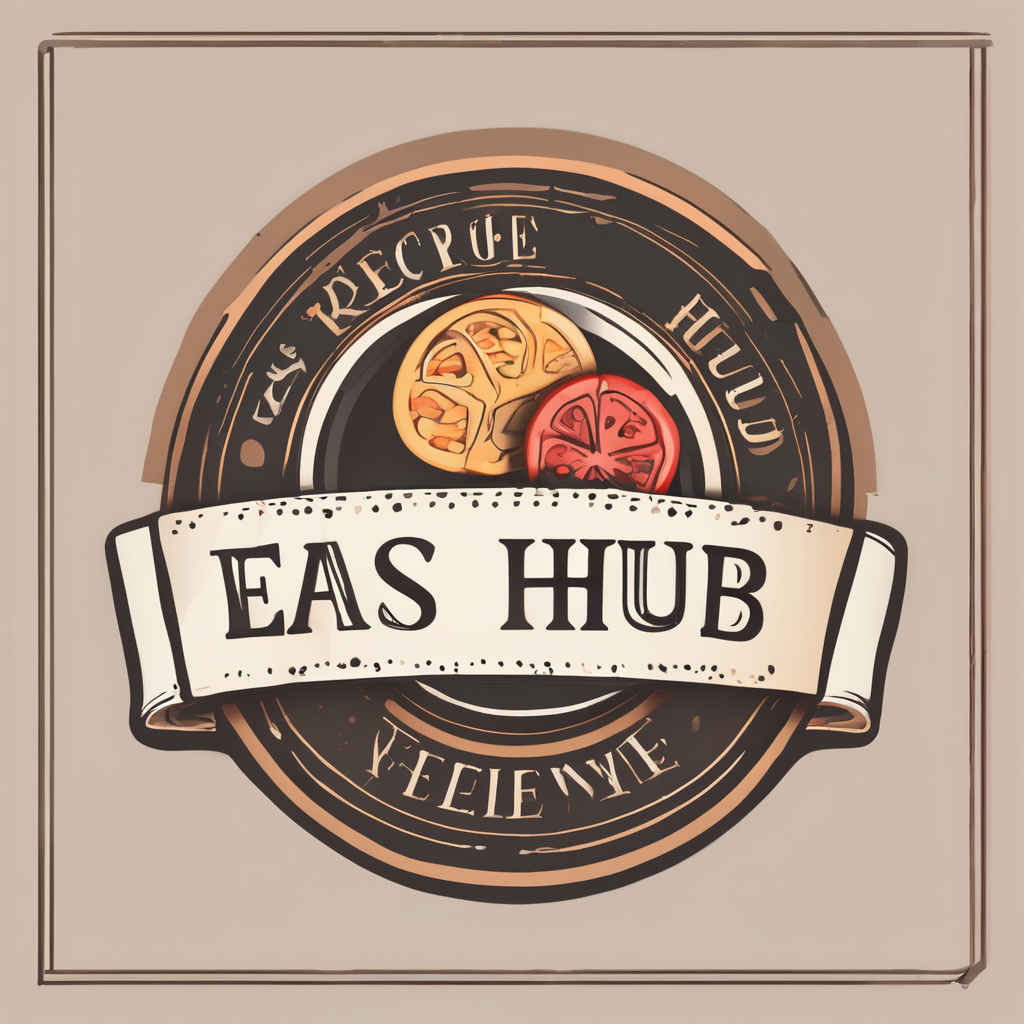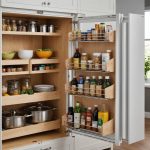Master your meals effectively with a strategic kitchen monitoring system. Control your caloric intake and portion sizes to achieve your health goals. Discover practical tips and innovative techniques to reinforce mindful eating habits. This guide empowers you to take charge of your nutrition by simplifying tracking methods and fostering awareness. Whether you’re aiming to lose weight or maintain a balanced diet, understanding your food’s impact is essential. Embrace the journey toward healthier eating, and start transforming your kitchen today.
Understanding Caloric Intake and Portion Control
In the realm of dietary habits, understanding caloric intake is crucial. Calories are the units of energy we derive from food, and maintaining a balance between calories consumed and expended is fundamental for a healthy lifestyle.
This might interest you : Elevate Your Small Kitchen: The Impact of Pull-Out Pantry Systems on Accessibility and Healthy Eating Habits
Portion control plays a significant role in managing caloric intake effectively. By regulating the amount of food consumed in one sitting, individuals can better manage their energy intake, thus aiding in weight management and overall health. It’s not just about the type of food, but also the quantity that impacts our well-being.
There are several misconceptions about calorie counting. Many people believe that it simply involves eating less, but it’s more nuanced. The quality of the calories matters; 200 calories from vegetables provide different nutrients compared to 200 calories from sugary snacks. Additionally, some think that all calories are equal, but the source of these calories can influence how they are metabolized by the body.
Also to see : Top Stylish and Functional Kitchen Sinks Perfect for Health-Conscious Home Chefs
To enhance your dietary habits, focus on both the quality and quantity of your food. Implementing portion control can prevent overeating and help maintain a balanced diet, ultimately leading to improved health outcomes.
Setting Up Your Kitchen for Effective Monitoring
Creating an efficient kitchen environment is essential for successful meal prep and portion control. By organizing your space, you can make healthier choices more accessible and streamline your cooking process.
Start by incorporating essential tracking tools. Digital scales and measuring cups are invaluable for accurate portion sizes. A food diary or app can help track caloric intake, providing insights into your dietary habits. These tools ensure you’re mindful of what and how much you’re consuming.
Kitchen organization is crucial. Arrange your pantry and fridge to prioritize healthy options. Store fruits, vegetables, and whole grains at eye level for easy access. Use clear containers to see ingredients at a glance, reducing the temptation to choose less nutritious alternatives.
Implementing meal prep strategies can further aid in portion control. Dedicate a day each week to prepare meals in advance. Cook in bulk and divide portions into individual containers. This not only saves time but also prevents overeating by having pre-measured meals ready.
By setting up your kitchen thoughtfully, you create an environment that supports your dietary goals. With the right tools and organization, maintaining a balanced diet becomes more manageable and sustainable.
Tools and Apps for Tracking Caloric Intake
In today’s digital age, calorie tracking apps and nutrition software have revolutionised how we manage our diets. These tools provide comprehensive insights into our eating habits, making portion control and caloric intake easier to monitor.
Popular Calorie Tracking Apps and Their Features
Several apps stand out in the realm of calorie tracking. For example, MyFitnessPal offers a vast database of foods, allowing users to log meals effortlessly. Lose It! provides personalised weight loss plans, while Cronometer focuses on detailed nutritional information. These apps often include features like barcode scanners and personalised goals, making them user-friendly and efficient.
How to Effectively Use Nutrition Software
To maximise the benefits of nutrition software, consistency is key. Regularly logging meals and snacks helps in maintaining accurate records. Utilise features like meal reminders and goal setting to stay on track. It’s also beneficial to review your data periodically to identify patterns and make informed dietary adjustments.
Benefits of Technology in Maintaining Dietary Habits
Technology in dieting offers numerous advantages. It provides instant feedback, increasing awareness of dietary choices. Additionally, it fosters accountability, as users can track progress and share achievements. By integrating these tools into daily routines, maintaining a balanced diet becomes more achievable and enjoyable.
Practical Strategies for Meal Planning
Meal planning is a powerful tool for maintaining healthy dietary habits. By organising meals ahead of time, you can ensure balanced nutrition and effective portion sizes. Here’s a step-by-step guide to creating a successful meal plan.
Step-by-Step Guide to Creating a Meal Plan
- Assess Your Caloric Needs: Determine your daily caloric requirements based on your lifestyle and health goals.
- Select Healthy Recipes: Choose healthy recipes that align with your caloric goals. Focus on meals rich in nutrients, such as lean proteins, whole grains, and vegetables.
- Plan Portions: Decide on appropriate portion sizes for each meal. This will help in managing caloric intake and prevent overeating.
- Create a Shopping List: List all necessary ingredients to avoid impulse buys and ensure you have everything needed for the week.
Tips for Incorporating Portion Control into Meal Prep
- Use smaller plates to naturally limit portion sizes.
- Pre-portion snacks and meals in containers to avoid overeating.
- Measure ingredients accurately using kitchen scales or measuring cups.
Recipe Suggestions
Consider recipes like grilled chicken with quinoa and roasted vegetables, or a chickpea salad with mixed greens. These meals offer balanced nutrition and are easy to prepare, aligning with your meal planning goals.
Adapting to Individual Dietary Needs
Navigating the world of personalized nutrition is essential for those with unique dietary preferences or restrictions. Understanding your body’s specific needs can lead to more effective and sustainable healthy eating habits.
Understanding Different Dietary Preferences and Restrictions
Each individual’s dietary needs can vary significantly. Whether you’re following a vegetarian, vegan, gluten-free, or low-carb diet, it’s crucial to tailor your approach to suit these preferences. For instance, vegetarians may need to focus on protein sources like legumes and tofu, while those on a gluten-free diet should seek alternatives like quinoa and rice.
Modifying Portion Control Strategies for Various Diets
Portion control isn’t one-size-fits-all. Adjusting portion sizes based on your diet type ensures you’re meeting your nutritional needs without overconsuming. For example, a low-carb diet might require larger portions of proteins and vegetables, whereas a high-carb diet could focus on grains and legumes.
Evaluating and Adjusting Caloric Intake
To effectively manage your caloric intake, consider your personal health goals. Whether aiming for weight loss, maintenance, or muscle gain, adjust your calorie consumption accordingly. Regularly assess your progress and be open to modifying your diet to better align with your evolving needs and objectives.






